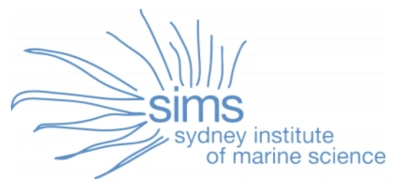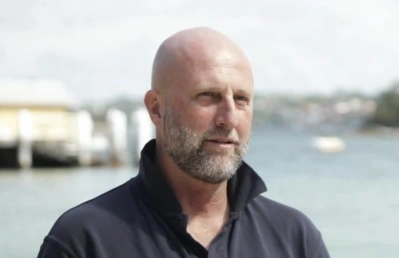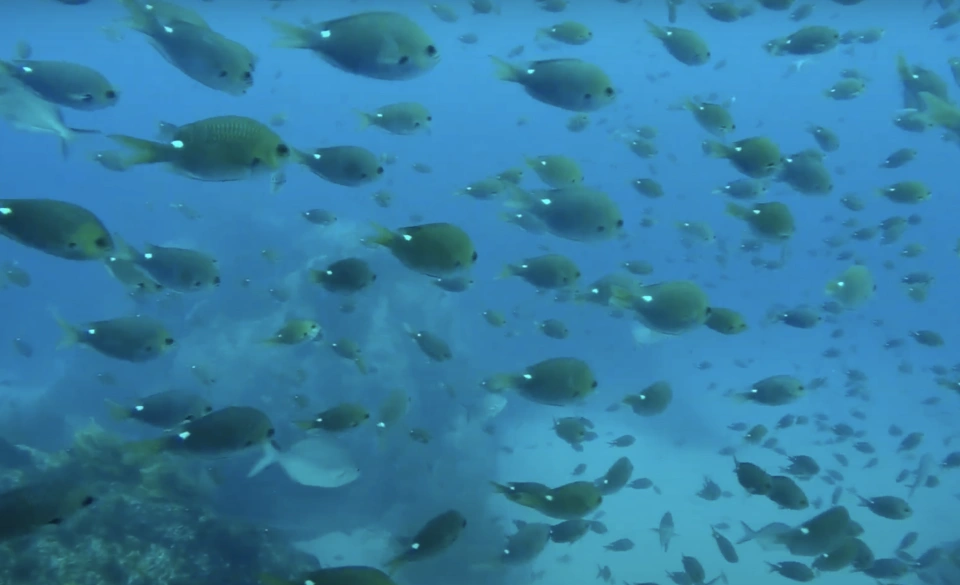Through that intervening 300 million years, it has changed dramatically. The last period of glaciation was 12,000 years ago, when Sydney Harbour was a river valley. It was carved by glaciers at that time. When people think about climate change and rising ocean levels - at that time the ocean was 120 metres lower than it is today.
So what happened is when those glaciers melted 12,000 years ago – what is now Sydney Harbour was a river valley that was drowned. The water flooded in and the water level rose 120 metres. If you think about that in the context of where Sydney exists now, the Sydney of today once would have been well above the water line.

When those glaciers melted 12,000 years ago – what is now Sydney Harbour was a river valley that was drowned. The water flooded in and the water level rose 120 metres.

Sydney Institute of Marine Science

Brett Fenton
Through that intervening 300 million years, it has changed dramatically. The last period of glaciation was 12,000 years ago, when Sydney Harbour was a river valley. It was carved by glaciers at that time. When people think about climate change and rising ocean levels - at that time the ocean was 120 metres lower than it is today.
So what happened is when those glaciers melted 12,000 years ago – what is now Sydney Harbour was a river valley that was drowned. The water flooded in and the water level rose 120 metres. If you think about that in the context of where Sydney exists now, the Sydney of today once would have been well above the water line.

When those glaciers melted 12,000 years ago – what is now Sydney Harbour was a river valley that was drowned. The water flooded in and the water level rose 120 metres.
Love what you're reading? Support Sydney Institute of Marine Science donate to support them now
Donate hereYou might like...

Mosman Flora and Fauna Survey

From Bulldozers to Bush Regeneration

Children in Nature

Sydney Harbour’s extraordinary marine biodiversity
Newsletter
Sign up to keep in touch with articles, updates, events or news from Kuno, your platform for nature
